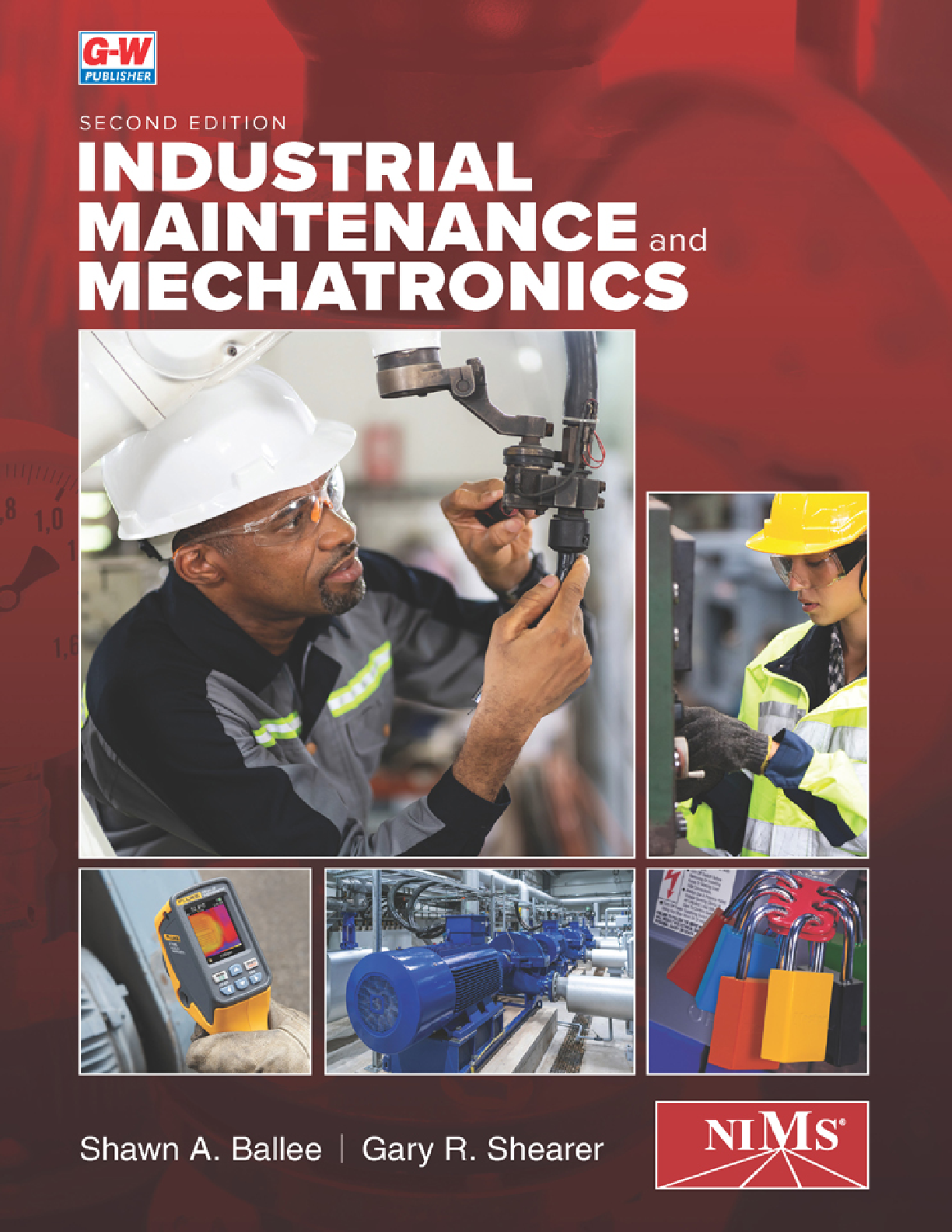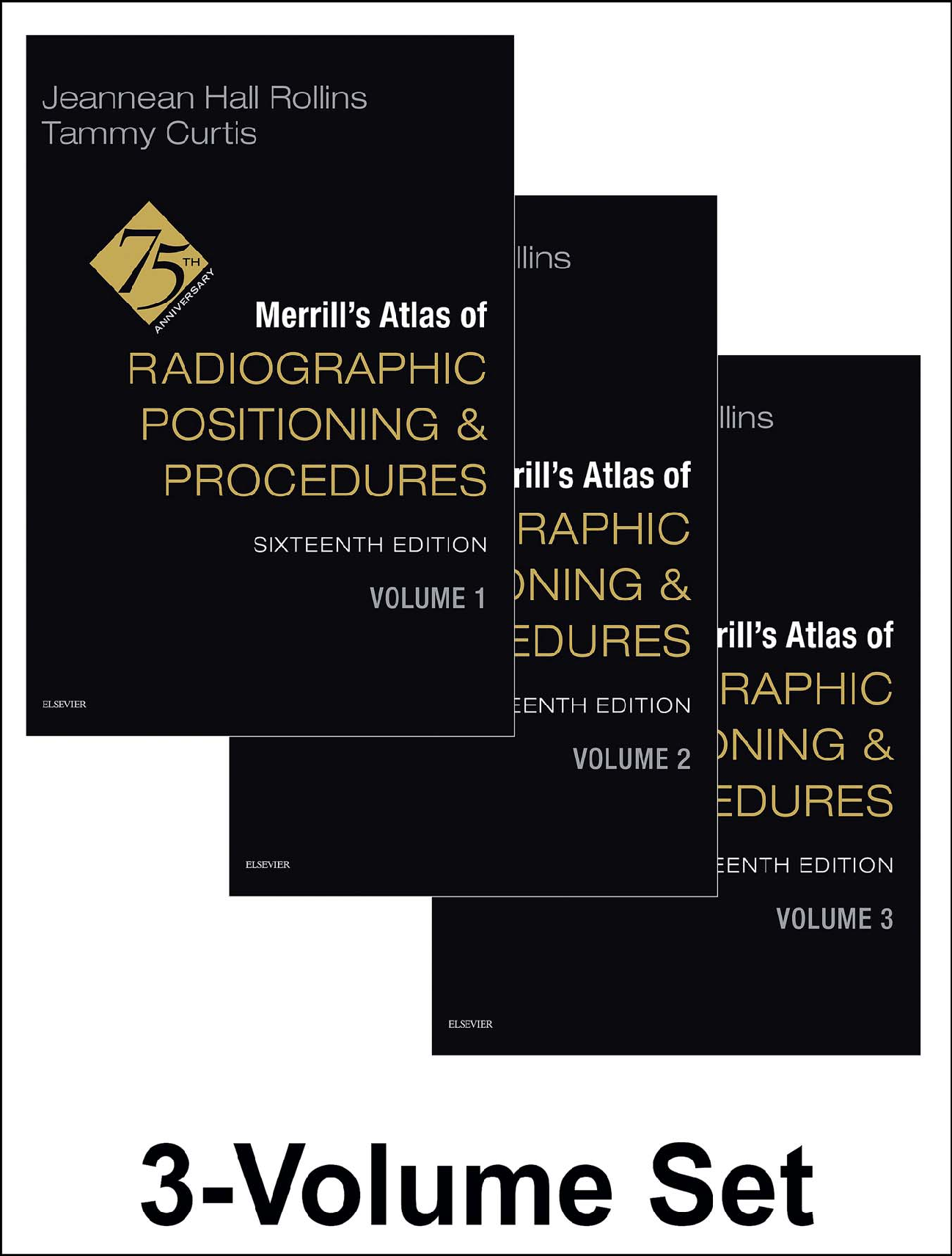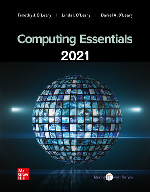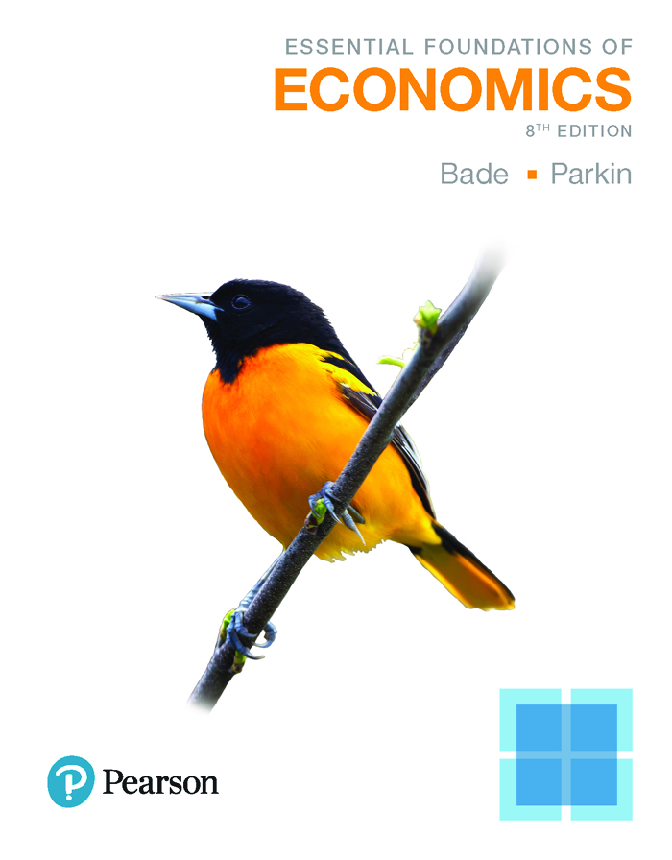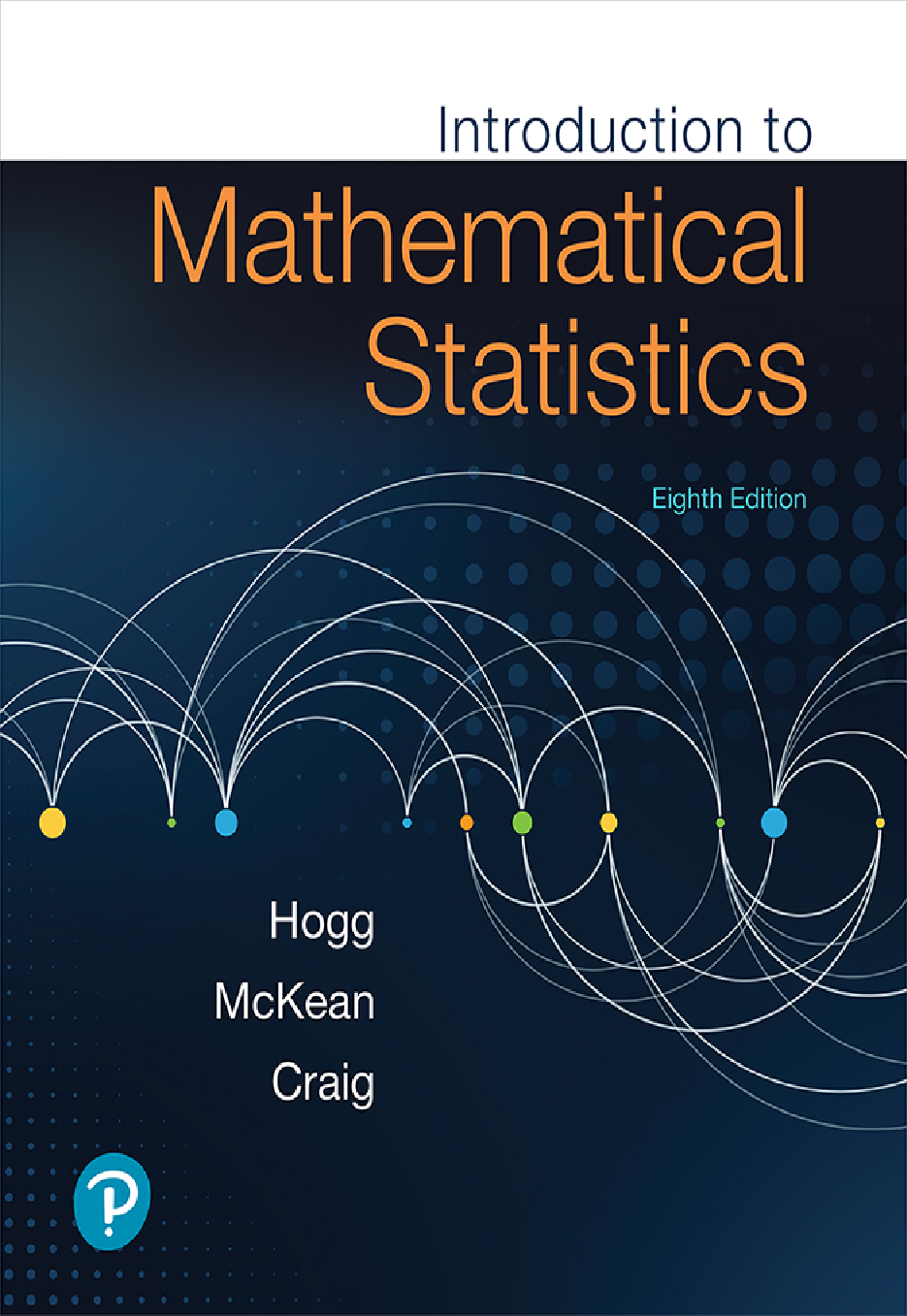Computer Networking > eBook-PDF > Computer Networking, 8th Edition, By James Kurose, Keith Ross [PDF] [eBook] (All)
Computer Networking, 8th Edition, By James Kurose, Keith Ross [PDF] [eBook]
Document Content and Description Below
Computer Networking A Top-Down Approach About the Authors Preface What’s New in the Eighth Edition? What Is Unique About This Textbook? Pedagogical Features Supplements for Instructors Chapte... r Dependencies One Final Note: We’d Love to Hear from You Brief Contents Table of Contents Computer Networking A Top-Down Approach Chapter 1 Computer Networks and the Internet 1.1 What Is the Internet? 1.1.1 A Nuts-and-Bolts Description 1.1.2 A Services Description 1.1.3 What Is a Protocol? A Human Analogy Network Protocols 1.2 The Network Edge 1.2.1 Access Networks Home Access: DSL, Cable, FTTH, and 5G Fixed Wireless Access in the Enterprise (and the Home): Ethernet and WiFi Wide-Area Wireless Access: 3G and LTE 4G and 5G 1.2.2 Physical Media Twisted-Pair Copper Wire Coaxial Cable Fiber Optics Terrestrial Radio Channels Satellite Radio Channels 1.3 The Network Core 1.3.1 Packet Switching Store-and-Forward Transmission Queuing Delays and Packet Loss Forwarding Tables and Routing Protocols 1.3.2 Circuit Switching Multiplexing in Circuit-Switched Networks Packet Switching Versus Circuit Switching 1.3.3 A Network of Networks 1.4 Delay, Loss, and Throughput in Packet-Switched Networks 1.4.1 Overview of Delay in Packet-Switched Networks Types of Delay Processing Delay Queuing Delay Transmission Delay Propagation Delay Comparing Transmission and Propagation Delay 1.4.2 Queuing Delay and Packet Loss Packet Loss 1.4.3 End-to-End Delay Traceroute End System, Application, and Other Delays 1.4.4 Throughput in Computer Networks 1.5 Protocol Layers and Their Service Models 1.5.1 Layered Architecture Protocol Layering Application Layer Transport Layer Network Layer Link Layer Physical Layer 1.5.2 Encapsulation 1.6 Networks Under Attack 1.7 History of Computer Networking and the Internet 1.7.1 The Development of Packet Switching: 1961–1972 1.7.2 Proprietary Networks and Internetworking: 1972–1980 1.7.3 A Proliferation of Networks: 1980–1990 1.7.4 The Internet Explosion: The 1990s 1.7.5 The New Millennium 1.8 Summary Road-Mapping This Book Homework Problems and Questions Chapter 1 Review Questions Section 1.1 Section 1.2 Section 1.3 Section 1.4 Section 1.5 Section 1.6 Problems Wireshark Lab Chapter 2 Application Layer 2.1 Principles of Network Applications 2.1.1 Network Application Architectures 2.1.2 Processes Communicating Client and Server Processes The Interface Between the Process and the Computer Network Addressing Processes 2.1.3 Transport Services Available to Applications Reliable Data Transfer Throughput Timing Security 2.1.4 Transport Services Provided by the Internet TCP Services UDP Services Services Not Provided by Internet Transport Protocols 2.1.5 Application-Layer Protocols 2.1.6 Network Applications Covered in This Book 2.2 The Web and HTTP 2.2.1 Overview of HTTP 2.2.2 Non-Persistent and Persistent Connections HTTP with Non-Persistent Connections HTTP with Persistent Connections 2.2.3 HTTP Message Format HTTP Request Message HTTP Response Message 2.2.4 User-Server Interaction: Cookies 2.2.5 Web Caching The Conditional GET 2.2.6 HTTP/2 HTTP/2 Framing Response Message Prioritization and Server Pushing HTTP/3 2.3 Electronic Mail in the Internet 2.3.1 SMTP 2.3.2 Mail Message Formats 2.3.3 Mail Access Protocols 2.4 DNS—The Internet’s Directory Service 2.4.1 Services Provided by DNS 2.4.2 Overview of How DNS Works A Distributed, Hierarchical Database DNS Caching 2.4.3 DNS Records and Messages DNS Messages Inserting Records into the DNS Database 2.5 Peer-to-Peer File Distribution 2.6 Video Streaming and Content Distribution Networks 2.6.1 Internet Video 2.6.2 HTTP Streaming and DASH 2.6.3 Content Distribution Networks CDN Operation Cluster Selection Strategies 2.6.4 Case Studies: Netflix and YouTube Netflix YouTube 2.7 Socket Programming: Creating Network Applications 2.7.1 Socket Programming with UDP UDPClient.py UDPServer.py 2.7.2 Socket Programming with TCP TCPClient.py TCPServer.py 2.8 Summary Homework Problems and Questions Chapter 2 Review Questions Section 2.1 Sections 2.2–2.5 Section 2.5 Section 2.6 Section 2.7 Problems Socket Programming Assignments Assignment 1: Web Server Assignment 2: UDP Pinger Assignment 3: Mail Client Assignment 4: Web Proxy Wireshark Lab: HTTP Wireshark Lab: DNS Chapter 3 Transport Layer 3.1 Introduction and Transport-Layer Services 3.1.1 Relationship Between Transport and Network Layers 3.1.2 Overview of the Transport Layer in the Internet 3.2 Multiplexing and Demultiplexing 3.3 Connectionless Transport: UDP 3.3.1 UDP Segment Structure 3.3.2 UDP Checksum 3.4 Principles of Reliable Data Transfer 3.4.1 Building a Reliable Data Transfer Protocol Reliable Data Transfer over a Perfectly Reliable Channel: rdt1.0 Reliable Data Transfer over a Channel with Bit Errors: rdt2.0 Reliable Data Transfer over a Lossy Channel with Bit Errors: rdt3.0 3.4.2 Pipelined Reliable Data Transfer Protocols 3.4.3 Go-Back-N (GBN) 3.4.4 Selective Repeat (SR) 3.5 Connection-Oriented Transport: TCP 3.5.1 The TCP Connection 3.5.2 TCP Segment Structure Sequence Numbers and Acknowledgment Numbers Telnet: A Case Study for Sequence and Acknowledgment Numbers 3.5.3 Round-Trip Time Estimation and Timeout Estimating the Round-Trip Time Setting and Managing the Retransmission Timeout Interval 3.5.4 Reliable Data Transfer A Few Interesting Scenarios Doubling the Timeout Interval Fast Retransmit Go-Back-N or Selective Repeat? 3.5.5 Flow Control 3.5.6 TCP Connection Management 3.6 Principles of Congestion Control 3.6.1 The Causes and the Costs of Congestion Scenario 1: Two Senders, a Router with Infinite Buffers Scenario 2: Two Senders and a Router with Finite Buffers Scenario 3: Four Senders, Routers with Finite Buffers, and Multihop Paths 3.6.2 Approaches to Congestion Control 3.7 TCP Congestion Control 3.7.1 Classic TCP Congestion Control 3.7.2 Network-Assisted Explicit Congestion Notification and Delayed-based Congestion Control Explicit Congestion Notification Delay-based Congestion Control 3.7.3 Fairness Fairness and UDP Fairness and Parallel TCP Connections 3.8 Evolution of Transport-Layer Functionality 3.9 Summary Homework Problems and Questions Chapter 3 Review Questions Sections 3.1–3.3 Section 3.4 Section 3.5 Section 3.7 Problems Programming Assignments Implementing a Reliable Transport Protocol Wireshark Lab: Exploring TCP Wireshark Lab: Exploring UDP Please describe one or two of the most exciting projects you have worked on during your career. What were the biggest challenges? More generally, where do you see the future of networking and the Internet? What people inspired you professionally? What are your recommendations for students who want careers in computer science and networking? Chapter 4 The Network Layer: Data Plane 4.1 Overview of Network Layer 4.1.1 Forwarding and Routing: The Data and Control Planes Control Plane: The Traditional Approach Control Plane: The SDN Approach 4.1.2 Network Service Model An Overview of Chapter 4 4.2 What’s Inside a Router? 4.2.1 Input Port Processing and Destination-Based Forwarding 4.2.2 Switching 4.2.3 Output Port Processing 4.2.4 Where Does Queuing Occur? Input Queueing Output Queueing How Much Buffering Is “Enough?” 4.2.5 Packet Scheduling First-in-First-Out (FIFO) Priority Queuing Round Robin and Weighted Fair Queuing (WFQ) 4.3 The Internet Protocol (IP): IPv4, Addressing, IPv6, and More 4.3.1 IPv4 Datagram Format 4.3.2 IPv4 Addressing Obtaining a Block of Addresses Obtaining a Host Address: The Dynamic Host Configuration Protocol 4.3.3 Network Address Translation (NAT) 4.3.4 IPv6 IPv6 Datagram Format Transitioning from IPv4 to IPv6 4.4 Generalized Forwarding and SDN 4.4.1 Match 4.4.2 Action 4.4.3 OpenFlow Examples of Match-plus-action in Action A First Example: Simple Forwarding A Second Example: Load Balancing A Third Example: Firewalling 4.5 Middleboxes 4.6 Summary Homework Problems and Questions Chapter 4 Review Questions Section 4.1 Section 4.2 Section 4.3 Section 4.4 Problems Wireshark Lab Chapter 5 The Network Layer: Control Plane 5.1 Introduction 5.2 Routing Algorithms 5.2.1 The Link-State (LS) Routing Algorithm Link-State (LS) Algorithm for Source Node u 5.2.2 The Distance-Vector (DV) Routing Algorithm Distance-Vector (DV) Algorithm Distance-Vector Algorithm: Link-Cost Changes and Link Failure Distance-Vector Algorithm: Adding Poisoned Reverse A Comparison of LS and DV Routing Algorithms 5.3 Intra-AS Routing in the Internet: OSPF 5.4 Routing Among the ISPs: BGP 5.4.1 The Role of BGP 5.4.2 Advertising BGP Route Information 5.4.3 Determining the Best Routes Hot Potato Routing Route-Selection Algorithm 5.4.4 IP-Anycast 5.4.5 Routing Policy 5.4.6 Putting the Pieces Together: Obtaining Internet Presence 5.5 The SDN Control Plane 5.5.1 The SDN Control Plane: SDN Controller and SDN Network-control Applications 5.5.2 OpenFlow Protocol 5.5.3 Data and Control Plane Interaction: An Example 5.5.4 SDN: Past and Future 5.6 ICMP: The Internet Control Message Protocol 5.7 Network Management and SNMP, NETCONF/YANG 5.7.1 The Network Management Framework 5.7.2 The Simple Network Management Protocol (SNMP) and the Management Information Base (MIB) The Management Information Base (MIB) 5.7.3 The Network Configuration Protocol (NETCONF) and YANG YANG 5.8 Summary Homework Problems and Questions Chapter 5 Review Questions Section 5.1 Section 5.2 Sections 5.3–5.4 Section 5.5 Sections 5.6–5.7 Problems Socket Programming Assignment 5: ICMP Ping Programming Assignment: Routing Wireshark Lab Please describe one or two of the most exciting projects you have worked on during your career. What were the biggest challenges? How do you think software-defined networking should evolve in the future? Where do you see the future of networking and the Internet? What people inspired you professionally? What are your recommendations for students who want careers in computer science and networking? Chapter 6 The Link Layer and LANs 6.1 Introduction to the Link Layer 6.1.1 The Services Provided by the Link Layer 6.1.2 Where Is the Link Layer Implemented? 6.2 Error-Detection and -Correction Techniques 6.2.1 Parity Checks 6.2.2 Checksumming Methods 6.2.3 Cyclic Redundancy Check (CRC) 6.3 Multiple Access Links and Protocols 6.3.1 Channel Partitioning Protocols 6.3.2 Random Access Protocols Slotted ALOHA ALOHA Carrier Sense Multiple Access (CSMA) Carrier Sense Multiple Access with Collision Detection (CSMA/CD) CSMA/CD Efficiency 6.3.3 Taking-Turns Protocols 6.3.4 DOCSIS: The Link-Layer Protocol for Cable Internet Access 6.4 Switched Local Area Networks 6.4.1 Link-Layer Addressing and ARP MAC Addresses Address Resolution Protocol (ARP) Sending a Datagram off the Subnet 6.4.2 Ethernet Ethernet Frame Structure Ethernet Technologies 6.4.3 Link-Layer Switches Forwarding and Filtering Self-Learning Properties of Link-Layer Switching Switches Versus Routers 6.4.4 Virtual Local Area Networks (VLANs) 6.5 Link Virtualization: A Network as a Link Layer 6.5.1 Multiprotocol Label Switching (MPLS) 6.6 Data Center Networking 6.6.1 Data Center Architectures Load Balancing Hierarchical Architecture 6.6.2 Trends in Data Center Networking Cost Reduction Centralized SDN Control and Management Virtualization Physical Constraints Hardware Modularity and Customization 6.7 Retrospective: A Day in the Life of a Web Page Request 6.7.1 Getting Started: DHCP, UDP, IP, and Ethernet 6.7.2 Still Getting Started: DNS and ARP 6.7.3 Still Getting Started: Intra-Domain Routing to the DNS Server 6.7.4 Web Client-Server Interaction: TCP and HTTP 6.8 Summary Homework Problems and Questions Chapter 6 Review Questions Sections 6.1–6.2 Section 6.3 Section 6.4 Problems Wireshark Labs: 802.11 Ethernet Chapter 7 Wireless and Mobile Networks 7.1 Introduction 7.2 Wireless Links and Network Characteristics 7.2.1 CDMA 7.3 WiFi: 802.11 Wireless LANs 7.3.1 The 802.11 Wireless LAN Architecture Channels and Association 7.3.2 The 802.11 MAC Protocol Dealing with Hidden Terminals: RTS and CTS Using 802.11 as a Point-to-Point Link 7.3.3 The IEEE 802.11 Frame Payload and CRC Fields Address Fields Sequence Number, Duration, and Frame Control Fields 7.3.4 Mobility in the Same IP Subnet 7.3.5 Advanced Features in 802.11 802.11 Rate Adaptation Power Management 7.3.6 Personal Area Networks: Bluetooth* 7.4 Cellular Networks: 4G and 5G 7.4.1 4G LTE Cellular Networks: Architecture and Elements 7.4.2 LTE Protocols Stacks 7.4.3 LTE Radio Access Network 7.4.4 Additional LTE Functions: Network Attachment and Power Management Network Attachment Power Management: Sleep Modes 7.4.5 The Global Cellular Network: A Network of Networks 7.4.6 5G Cellular Networks 5G and Millimeter Wave Frequencies 5G Core Network 7.5 Mobility Management: Principles 7.5.1 Device Mobility: a Network-layer Perspective 7.5.2 Home Networks and Roaming on Visited Networks 7.5.3 Direct and Indirect Routing to/from a Mobile Device Leveraging the Existing IP Address Infrastructure Indirect Routing to a Mobile Device Direct Routing to a Mobile Device 7.6 Mobility Management in Practice 7.6.1 Mobility Management in 4G/5G Networks 7.6.2 Mobile IP 7.7 Wireless and Mobility: Impact on Higher-Layer Protocols 7.8 Summary Homework Problems and Questions Chapter 7 Review Questions Section 7.1 Section 7.2 Section 7.3 Section 7.5 Section 7.6 Section 7.7 Problems Wireshark Lab: WiFi Chapter 8 Security in Computer Networks 8.1 What Is Network Security? 8.2 Principles of Cryptography 8.2.1 Symmetric Key Cryptography Block Ciphers Cipher-Block Chaining 8.2.2 Public Key Encryption RSA Session Keys Why Does RSA Work? 8.3 Message Integrity and Digital Signatures 8.3.1 Cryptographic Hash Functions 8.3.2 Message Authentication Code 8.3.3 Digital Signatures Public Key Certification 8.4 End-Point Authentication Authentication Protocol ap2.0 Authentication Protocol ap3.0 Authentication Protocol ap3.1 Authentication Protocol ap4.0 8.5 Securing E-Mail 8.5.1 Secure E-Mail 8.5.2 PGP 8.6 Securing TCP Connections: TLS 8.6.1 The Big Picture Handshake Key Derivation Data Transfer TLS Record 8.6.2 A More Complete Picture TLS Handshake Connection Closure 8.7 Network-Layer Security: IPsec and Virtual Private Networks 8.7.1 IPsec and Virtual Private Networks (VPNs) 8.7.2 The AH and ESP Protocols 8.7.3 Security Associations 8.7.4 The IPsec Datagram Summary of IPsec Services 8.7.5 IKE: Key Management in IPsec 8.8 Securing Wireless LANs and 4G/5G Cellular Networks 8.8.1 Authentication and Key Agreement in 802.11 Wireless LANs Mutual Authentication and Shared Symmetric Session Key Derivation 802.11 Security Messaging Protocols 8.8.2 Authentication and Key Agreement in 4G/5G Cellular Networks 8.9 Operational Security: Firewalls and Intrusion Detection Systems 8.9.1 Firewalls Traditional Packet Filters Stateful Packet Filters Application Gateway 8.9.2 Intrusion Detection Systems Snort 8.10 Summary Homework Problems and Questions Chapter 8 Review Problems [Show More]
Last updated: 2 years ago
Preview 1 out of 600 pages

Buy this document to get the full access instantly
Instant Download Access after purchase
Buy NowInstant download
We Accept:

Also available in bundle (1)

Computer Networking, 8th Edition, By James Kurose, Keith Ross (Test bank with Free eBook)
Computer Networking, 8th Edition, By James Kurose, Keith Ross (Test bank with Free eBook) Discount Price bundle Download
By eBookSmTb 2 years ago
$25
2
Reviews( 0 )
$25.00
Can't find what you want? Try our AI powered Search
Document information
Connected school, study & course
About the document
Uploaded On
Dec 22, 2022
Number of pages
600
Written in
Additional information
This document has been written for:
Uploaded
Dec 22, 2022
Downloads
0
Views
231

